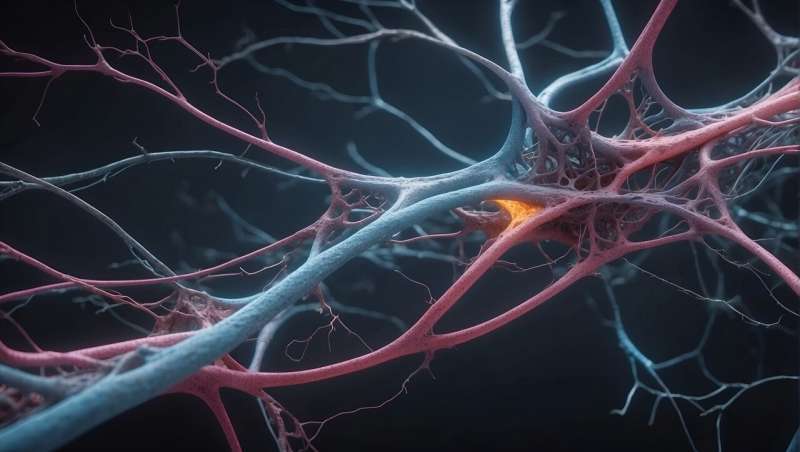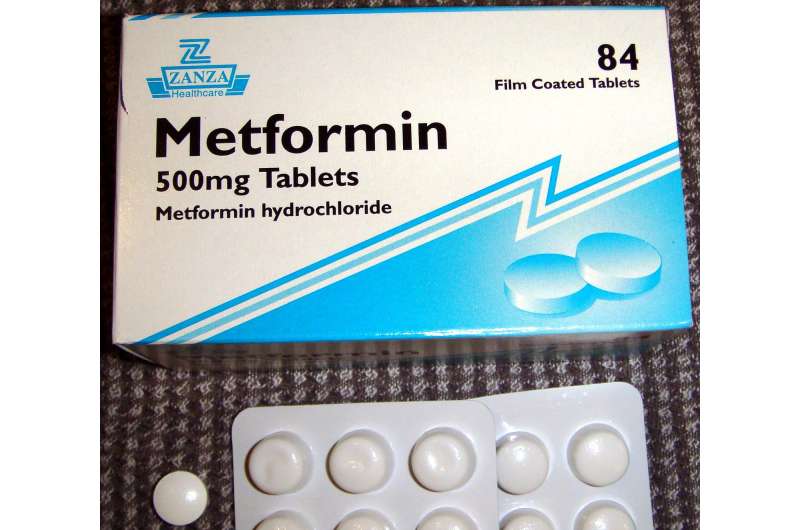Symptoms Alone Do Not Predict Brain Injury in Children with Moyamoya Disease

Recent research reveals that symptoms alone are not reliable indicators of brain injury in children with moyamoya disease. Advanced imaging techniques like dMRI can detect hidden white matter damage even in asymptomatic patients, potentially transforming treatment approaches.
Moyamoya disease is a rare, progressive disorder characterized by the narrowing of the brain's blood vessels, which increases the risk of strokes and other neurological issues. Diagnosing and deciding on treatment for children with moyamoya can be challenging, especially when symptoms do not clearly indicate the severity of the condition. Recent research highlights that symptoms such as strokes, transient ischemic attacks (TIAs), or seizures are not reliable indicators of brain injury in these patients.
A significant study conducted at Boston Children’s Hospital, published in The Journal of Pediatrics, investigated the hidden extent of brain damage in children with moyamoya. Led by Dr. Laura Lehman, the study focused on white matter injury—a critical component for effective communication across different parts of the brain. Damage in white matter can significantly impair neurological functions, but it often remains undetected with standard scans.
Using advanced diffusion magnetic resonance imaging (dMRI), the team examined 17 children with moyamoya alongside 27 healthy controls. dMRI is a sophisticated imaging technique that tracks water movement in the brain, revealing subtle tissue disruptions that traditional MRI scans might miss. The research assessed four key markers of white matter health: fractional anisotropy (FA), mean diffusivity (MD), radial diffusivity (RD), and axial diffusivity (AD). These measurements help determine the organization, integrity, and possible damage within brain fibers.
Surprisingly, the results demonstrated that both hemispheres, whether showing symptoms like stroke or not, exhibited increased mean diffusivity, indicating white matter injury. Importantly, there was no significant difference in the extent of damage between symptomatic and asymptomatic sides, suggesting that even children who appear healthy may be experiencing significant brain changes.
Dr. Lehman emphasized that these findings challenge the common belief that symptom severity directly correlates with the extent of brain injury. She stated, “Children without symptoms might still be at risk of substantial white matter injury,” highlighting the need for more comprehensive diagnostic tools beyond clinical presentation.
The next phase of research involves evaluating how revascularization surgery—the procedure to restore blood flow—affects children with asymptomatic moyamoya. Currently, treatment strategies vary, with some clinicians opting for medical management alone, while others recommend surgery even in the absence of symptoms. By monitoring white matter integrity through advanced MRI techniques like dMRI, researchers aim to develop more precise guidelines to determine when surgical intervention may be most beneficial.
This research offers hope for more proactive and tailored treatment strategies, allowing clinicians to detect brain damage early, even in asymptomatic patients. It also underscores the importance for parents and caregivers to understand that a lack of symptoms does not necessarily mean the absence of underlying brain injury. Ultimately, these advancements could lead to improved outcomes and quality of life for children affected by moyamoya.
For additional details, the study titled "Symptoms Do Not Predict White Matter Injury in Children with Moyamoya" can be referenced from The Journal of Pediatrics. Source: https://medicalxpress.com/news/2025-06-symptoms-sole-predictors-brain-injury.html
Stay Updated with Mia's Feed
Get the latest health & wellness insights delivered straight to your inbox.
Related Articles
New Insights into Cocaine Use Disorder and Potential Therapeutic Approaches
Researchers at Virginia Commonwealth University have identified a molecular mechanism in the brain that offers a new target for developing medications to treat cocaine use disorder, focusing on dopamine regulation and receptor interactions.
Empowering Africa's Surveillance Labs to Accelerate Polio Eradication
Africa's strengthening surveillance laboratories and dedicated frontline workers are crucial in the ongoing fight to eradicate polio. Strategic investments and regional collaboration can help overcome persistent challenges and secure a polio-free future for the continent.
Impact of Parental Substance Use Disorder on Millions of U.S. Children
Nearly 19 million children in the U.S. live with parents suffering from substance use disorder, leading to significant mental health and behavioral risks. Recent studies highlight the urgent need for better screening and intervention strategies.
Study Finds GLP-1 Diabetes Medications May Lower Dementia Risk Compared to Metformin
New research suggests GLP-1 receptor agonists may be more effective than metformin in lowering dementia risk among individuals with type 2 diabetes, potentially leading to updated treatment guidelines.



